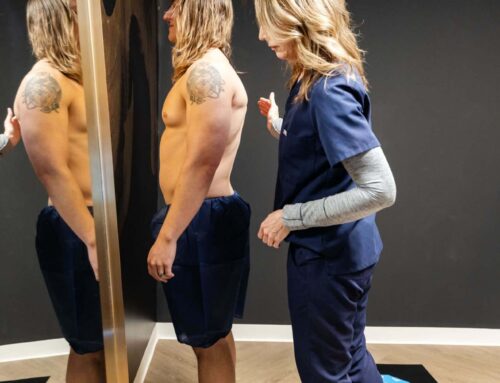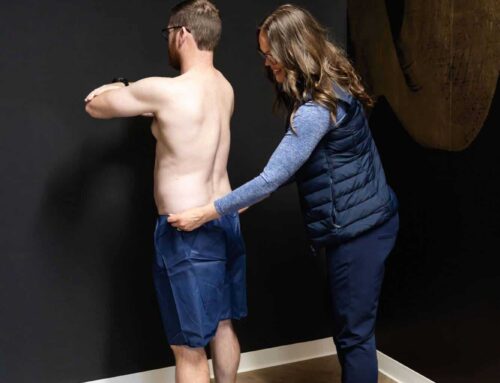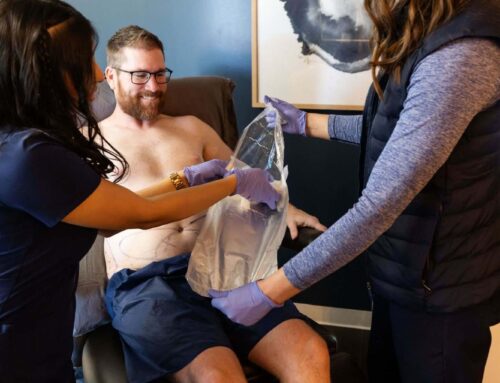 If you’re the kind of person who follows trends in fitness and healthcare, you’ve likely heard of the ketogenic diet. It goes by a few different names, including LCHF (low carb, high fat) and Atkins. All are similar, and all can be effective. So what’s the real deal about keto?
If you’re the kind of person who follows trends in fitness and healthcare, you’ve likely heard of the ketogenic diet. It goes by a few different names, including LCHF (low carb, high fat) and Atkins. All are similar, and all can be effective. So what’s the real deal about keto?
The History of the Ketogenic Diet
 Before it became the quick way to melt off pounds, the ketogenic diet was originally used by doctors in the 1920s to treat epilepsy. It has been especially effective for children and is often a way to treat issues where medicine isn’t a smart choice.
Before it became the quick way to melt off pounds, the ketogenic diet was originally used by doctors in the 1920s to treat epilepsy. It has been especially effective for children and is often a way to treat issues where medicine isn’t a smart choice.
The diet takes into account the three big food fuel sources: protein, fat, and carbohydrates. When working with epileptic children, the ratio is usually a strict 4 grams of fat to 1 gram of protein and carbs. When children need more protein or carbs, a less-strict option of 3 grams of fat to 1 gram of protein or carbs is implemented.
The diet has been extremely effective, eliminating seizures in some children while reducing the number of seizures for more than half of the children on it.
Keto Finds New Audiences
It’s unclear exactly who determined that the ketogenic diet was effective for weight loss, but one may assume it was a parent of an epileptic child on the diet. By strictly limiting the number of carbs and proteins one eats, it puts the body into ketosis, a natural process the body switches to for survival. Ketones are released in the liver and burned as a primary source of fuel. Essentially, the body becomes fat adapted, burning fat instead of glucose, the main byproduct of carbohydrates.
A low-carb diet is the choice of not only those looking to shed pounds but of diabetics as well. Carbs cause a spike in insulin production, which can wreak havoc on the body of a person with type 2 diabetes. By limiting carbs through a LCHF diet, diabetics can often regulate their insulin production by limiting glucose in the blood. Since a good proportion of people with type 2 diabetes also need to lose weight, the ketogenic diet has been able to provide a powerful 1–2 punch.
What the Ketogenic Diet Looks Like
 Reducing carbs to less than 20 grams daily can sound daunting. Especially when that should be paired with in excess of 100 carbs of fat and between 60 and 70 grams of protein. This diet goes against everything we’ve been taught about eating. But the results speak for themselves.
Reducing carbs to less than 20 grams daily can sound daunting. Especially when that should be paired with in excess of 100 carbs of fat and between 60 and 70 grams of protein. This diet goes against everything we’ve been taught about eating. But the results speak for themselves.
There are two different approaches to keto: dairy laden and dairy free. The dairy-laden option is heavy on cream, butter, and cheese. The dairy-free option, on the other hand, sticks to naturally high-fat foods, including avocados, oils, and nuts. It’s important to realize that, regardless which choice is right for you, your fats should be based on healthy, natural options. After all, you are trying to improve your health while dropping those extra pounds.
Remember that sugar is a high-carb food, so things that are immediately eliminated from a ketogenic diet include sugar, alcohol, breads, pastas, most fruits, and starchy vegetables. Instead, the diet relies on fresh leafy and cruciferous veggies, meats, fish, berries, nuts, eggs, and dairy products (not milk, though, because of the high sugar content).
If you’re a baker and are wondering how you’ll get by without flour and sugar, there are alternatives. Almond flour, sesame flour, coconut flour, psyllium husk, and ground flax are all good substitutes for wheat flour. Cane and coconut sugars are replaced by stevia, erythritol, and xylitol.
Downsides to Keto
If all of this sounds too good to be true, you wouldn’t be alone in your skepticism. While many loyal ketogenic dieters feel this is a new lifestyle that they will follow forever, switching isn’t always easy and can result in initial grogginess and headaches, often referred to as keto flu. And the diet needs to be taken on with purpose and focus. Too often, people will rely on bacon, eggs, and cheeseburgers, not getting enough salads and veggies. For those who have kidney issues, a poorly orchestrated keto diet can worsen their condition.
Even if you’re following keto to the letter, you’ll likely have some side effects you didn’t even consider. Those include bad breath, constipation, nausea and even fatigue as the body adapts. As with any change in diet or exercise, it’s important to consult a physician who is well versed in the options. Some doctors aren’t educated about the ketogenic diet, while others believe it to be real lifeline for those who are morbidly obese or suffering life-threatening conditions.
CoolSculpting: a Great Partner to Keto
If you are already following a ketogenic diet—or are considering starting—you may want to explore CoolSculpting as well. While keto is designed for people with large amounts of weight to lose, CoolSculpting is perfect for people who are close to their goal and need more toning. This non-invasive fat-freezing option helps you reach your goals and look better in your clothes. Learn more about how Bodify, Phoenix’s premier CoolSculpting boutique can help you.






